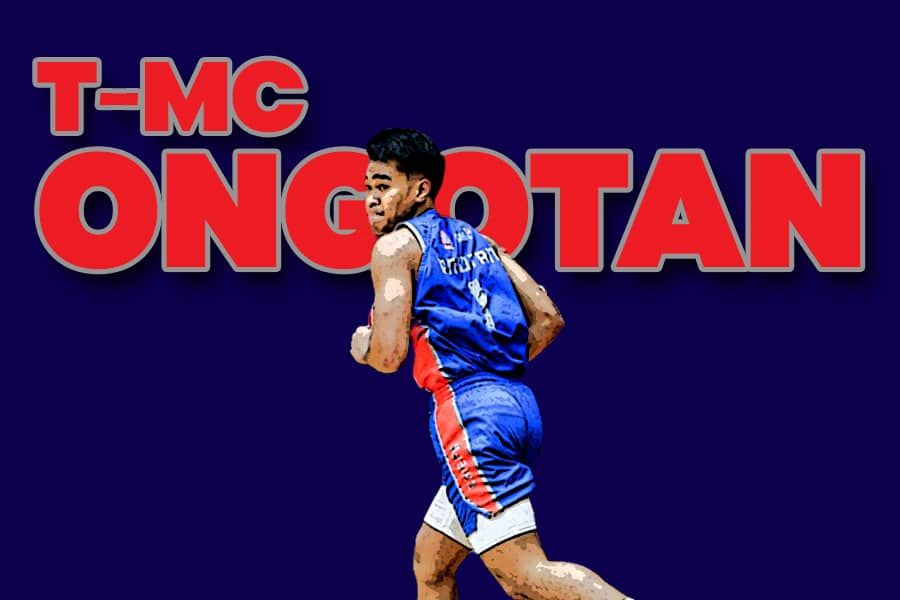MAPPED | PBA DRAFT | THE END OF THE TWO-ROUND ERA
- Syd Salazar
- Jun 7
- 3 min read

From 2004 to 2010, the PBA Draft was limited to just two rounds.
And honestly, I hated it.
Unlike the NBA, the PBA can't realistically get by with only 20 rookies per year, especially when teams like Air21 or Yeng Guiao-led squads were hoarding three to four picks annually.
PBA DRAFT YEAR | MOST PICKS (1 & 2) | (#) | NO PICKS |
2005 PBA DRAFT | AIR21 EXPRESS, STA. LUCIA REALTORS, COCA-COLA TIGERS | 3 | NONE |
2006 PBA DRAFT | COCA-COLA TIGERS | 6 | BARANGAY GINEBRA KINGS |
2007 PBA DRAFT | AIR21 EXPRESS | 4 | COCA-COLA TIGERS, PUREFOODS GIANTS, TALK 'N TEXT TROPANG TEXTERS |
2008 PBA DRAFT | TNT TROPANG TEXTERS | 4 | BARANGAY GINEBRA KINGS, COCA-COLA TIGERS |
2009 PBA DRAFT | BURGER KING WHOPPERS | 6 | COCA-COLA TIGERS |
2010 PBA DRAFT | AIR21 EXPRESS | 5 | PETRON BLAZE BOOSTERS (SMB), POWERADE TIGERS (COC) |
This setup also meant that, because of trades, some teams would end up with no picks at all.
Sure, teams like San Miguel or TNT have the right to pass on prospects and stash players at the end of the bench. That’s their prerogative. But for the hopefuls who dressed up, showed out, and brought their families along for support, going undrafted had to sting. It wasn't just about pride—missing out on the draft meant potentially missing out on a career.
A lot of players nearly fell through the cracks because of this. If it weren’t for sheer persistence or luck, we might not have seen guys like Jerwin Gaco, Josh Urbiztondo, Emer Oreta, Patrick Cabahug, Froilan Baguion, Mark Yee, Al Vergara, Bryan Faundo, or Jonathan Uyloan in PBA uniforms. And for others—Gerald Jones, Alwyn Espiritu, Jemal Vizcarra, Jobe Nkemakolam, Khiel Misa, Derrick Hubalde—the snub may have been enough to make them give up on turning pro entirely.
To quote the ever-quotable (and nearly senatorial) Willie Revillame: "Bigyan ng jacket ’yan."
At first, I thought the PBA was just copying the NBA’s two-round format. But then I came across a Sporting Chance column by Quinito Henson before the 2011 PBA Draft, and it shed some light on the situation. Apparently, the two-round limit was all about saving money. You see, back then, the PBA had to pay a “developmental fee” to the PBL for every PBL player selected in the draft. And this fee wasn’t cheap.
From the PBL’s perspective, it made sense—they were losing their top talent, along with the fans those players brought in. But for the PBA, the more players they drafted from the PBL, the more fees they had to shell out. Limiting the draft to two rounds was a cost-cutting move, plain and simple.
Now, I’m not entirely sure if those fees only applied to signed players or if rookie free agents were exempt. But if the goal was to avoid paying the PBL too much, then restricting the number of drafted players, especially from the PBL, was probably the whole point.
Things changed in 2011. That year marked the return of the unlimited-round draft, the first since 2005. Coincidentally (or not), the PBL went on hiatus that same year—likely due to financial issues. Without the developmental fee hanging over their heads, the PBA was free to draft as many players as they wanted.
Before that, the PBL had benefited greatly from the collapse of the MBA in 2002, inheriting a lot of displaced talent and fans. But post-2004, new regional and semi-pro leagues started popping up all over the country. The monopoly was gone—and so was the PBL's leverage.
These days, a slew of leagues—led by the MPBL—have popped up across the country. The rise of these alternatives has dimmed the spotlight on the PBA D-League, which was supposed to be the PBL's spiritual successor. If things keep going this way, the D-League might even end up out of business.
Player movement has become so fluid that it’s hard for any league to justify asking for a developmental fee anymore. Athletes jump from one team or league to another, whether local or abroad, without much hesitation. Some don’t even bother passing through the semi-pro ranks anymore. They either take their talents overseas or ride the popularity wave they’ve built in the UAAP or NCAA.
That’s why I think the PBA should just stick with the unlimited draft format. At the end of the day, it’s not the league’s fault if your favorite player gets snubbed or picked late. The draft is about presenting your best case, boosting your stock, and hoping there's not a similar player who edges you out of a team’s radar.






Comments